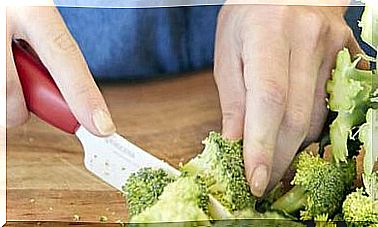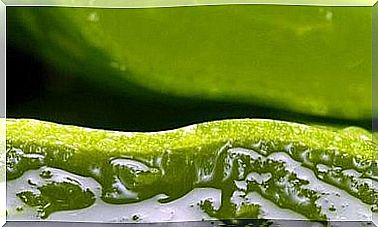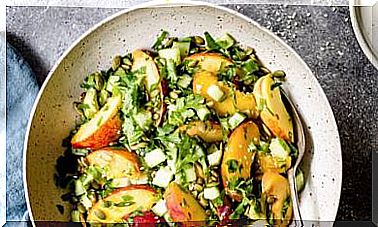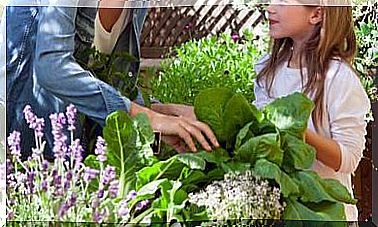The Parties Forget The Problem Of Food Waste
In Spain more and more food is thrown away, laws that would reduce the numbers have not been developed and the parties do not include them in their electoral programs .
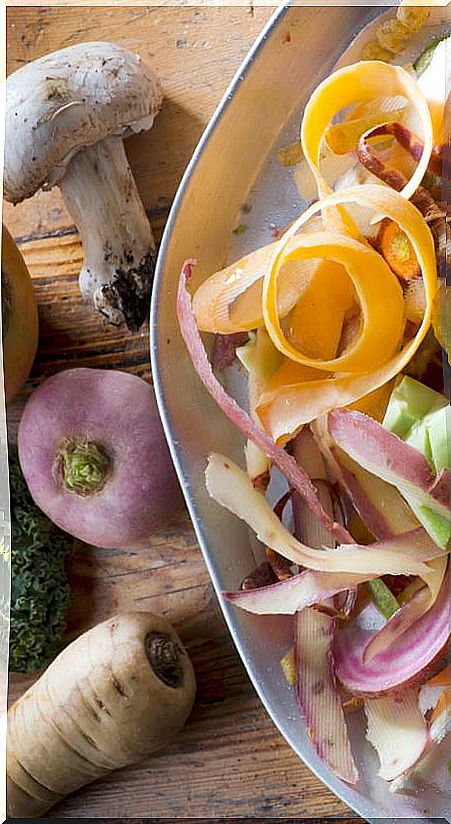
The Food and Agriculture Organization of the United Nations (FAO) states that before food reaches households, a third of the food harvest has already been lost , representing 1.3 billion tons per year.
This means a waste of 177 kg of food per person per year, something very unpresentable when 1 billion human beings have difficulties to eat.
The problem is very serious and is being faced in some countries. However, in Spain legislative initiatives are paralyzed and do not even appear in the form of a promise in the electoral programs of the main parties.
Food waste contributes to climate change
The waste of food also has a significant impact on the greatest threat to life on the planet: climate change. At a global level, the production of these foods that are not consumed are the cause of 8-10% of greenhouse gas emissions.
It must be taken into account that plant foods, when they are not properly treated and composted, ferment in fields and landfills, emitting tons of methane into the atmosphere, a gas with a greenhouse effect 25 times greater than carbon dioxide.
“Decreasing the amount of food we dispose of is critical to feeding an ever-growing population,” explains Liz Goodwin, Director of Food Loss and Waste for the World Resources Institute, an organization that fights for sustainable food management. natural resources.
One problem: global food distribution
Much of the waste is produced by imbalances between the systems of agricultural production, storage, transport and global food marketing. For this reason, local food production and consumption is associated with less waste.
On a commercial level, one of the challenges ahead is for distribution companies to be less demanding with the appearance that fruit and vegetables should present. Currently part of the production is discarded because the vegetables have sizes or shapes that do not fit in our “canons of food beauty”.
The necessary laws that do not arrive
Campaigns have been launched in several European nations to promote the consumption of “ugly foods”, but very healthy. In France, for example, Intermarché supermarkets sell the ugly ones 30% cheaper (but they sell them, when before they were taken to landfills).
In Germany, two platforms (Culinary Misfits and Ugly Fruits) have been organized to sell these foods despised by large distributors, and in the United Kingdom, the media chef Jamie Oliver is the spokesperson for a campaign that several chains have already joined. of supermarkets.
All of these initiatives are fine, but they are voluntary and therefore more limited in effectiveness than if they were mandatory. Consumer associations, such as the Organization of Consumers and Users, demand that waste be combated with the law. It is something that is already done in France: supermarkets of more than 400 square meters cannot throw away their surpluses, but must deliver them to food banks or composting plants if they are no longer edible.
It is not in the electoral programs
In Spain, in 2013 the Ministry of Agriculture, Fisheries and Food launched the information campaign “More food, less waste” and in 2017 the Senate created a presentation on food waste, the first step to develop legislation on the matter.
Twelve experts came to appear in the Senate but the initiative has not yet borne legislative fruit, probably due to the interim situation of Parliament and the Government.
Unfortunately, the initiative does not appear in any of the electoral programs of the 8 main parties –PSOE, PP, VOX, UP, C’S, ERC, PNV and MP– that are presented in the general elections on November 10, so that the legislation will probably not start definitively until it is imposed by the European Union.
Food is also being thrown away in households
If the production and distribution of food is not well organized and food is lost as a result, the problem continues in households where too large a proportion of the products that have been purchased are thrown away.
In Spain, more food was thrown away in 2018 than in 2017. Waste increased by 9% to a whopping 1,339 million kg of food and beverages. With what we throw away, more than 2 million people could have eaten all year.
81.5% of households admit that they throw food away and only 18.5% say that they do not. On average, each household throws away 1.5 kg of food a week. And what we throw away the most is the most nutritionally and economically valuable foods.
What we throw away the most: fruits and vegetables
32% is made up of fruits, among which apples, bananas and oranges stand out. Vegetables follow fruit in wasted quantity: 14% of everything we throw away.
It seems that when we buy we know the foods that suit us, but then we let them spoil in the kitchen and we consume more sweet foods, full of fats and sugars, often processed and ultra-processed, such as pizzas and other preparations that do not go bad because they are not fresh or because they are full of additives.
16% of what we throw away is cooked remains. We cook thinking of taking advantage of a part in the following days, but it ends up spoiling in the fridge. “Take it or leave it”: the leftovers we most despise are the valuable lentils (rich in protein, iron and other minerals, B vitamins and dietary fiber). After lentils, salads are the dishes we throw away most often.
The data appears in a report from the Ministry of Agriculture, Fisheries and Food that brings to light our miseries. The bottom line is that if we made the menus with what we throw away the most, our diet would be excellent. On the other hand, in Spanish households less meat, fish, pizzas and sandwiches are wasted.
How to reduce food waste at home
We throw food into the garbage because we are not aware of what it represents at an environmental level and for the family economy. On average, each household loses between 250 and 600 euros a year in this way .
1. Buy only what you need
Before making the purchase, plan the weekly menu and write the list of ingredients that you will need, specifying the quantities. Consider what you already have in your pantry, fridge, and freezer.
2. Think of moderate servings
We are often carried away by the desire to be surrounded by abundance at the table. The problem is that this craving contributes to excess calorie intake (if we eat it all) or food waste (if we don’t). Moderation in portions is one of the great secrets of healthy eating. Take this into account when putting food on the scale.
3. Learn to take advantage
If you have food left over, decide if you leave it in the fridge to consume it in the next few days or if you freeze it. But don’t think of the freezer as a place where it can be stored indefinitely. You also have the possibility to make compotes, jams, smoothies, soups or fermented.
4. Know the possibilities of food
Taking advantage of all the possibilities of a food is an art. For example, chard stalks or artichoke trunks are delicious in tempura batter. And with the carrot leaves, chopped, you can prepare an incredible pesto.
5. Organize your fridge and pantry well
Always put leftovers and foods with the closest expiration date in front of you, well in sight. On a day-to-day basis, he prefers these foods to those behind. Some tricks extend the life of fresh vegetables. For example: wash the leafy vegetables and store them in a container in alternate layers with kitchen paper. On the other hand, it is important to keep food fresh as soon as you get home with the purchase.
6.Read the dates
The smell and appearance of a food are the best signs of its condition, but it is better not to consume expired products even if they do not seem spoiled. Don’t confuse the “best before” date with the expiration date. The first one is only an orientation, it indicates that the quality of the food may have been reduced, but it does not mean that it may be in poor condition.
7. Cold and clean refrigerator
The conditions of the refrigerator logically influence its storage capacity. The recommended temperature is 4-5ºC (in addition to adjusting the thermostat, check that the door rubbers are in good condition so that no heat enters). On the other hand, it is advisable to clean the interior once a week with a mixture of equal parts cleaning vinegar and water.
8. If you eat out or need prepared food
Use the “Too good to go” application, where you will find reduced-price offers from restaurants and other establishments in your area with food that has not been sold throughout the day. And if you eat in a restaurant, remember that you can ask them to prepare a container with the leftovers.

